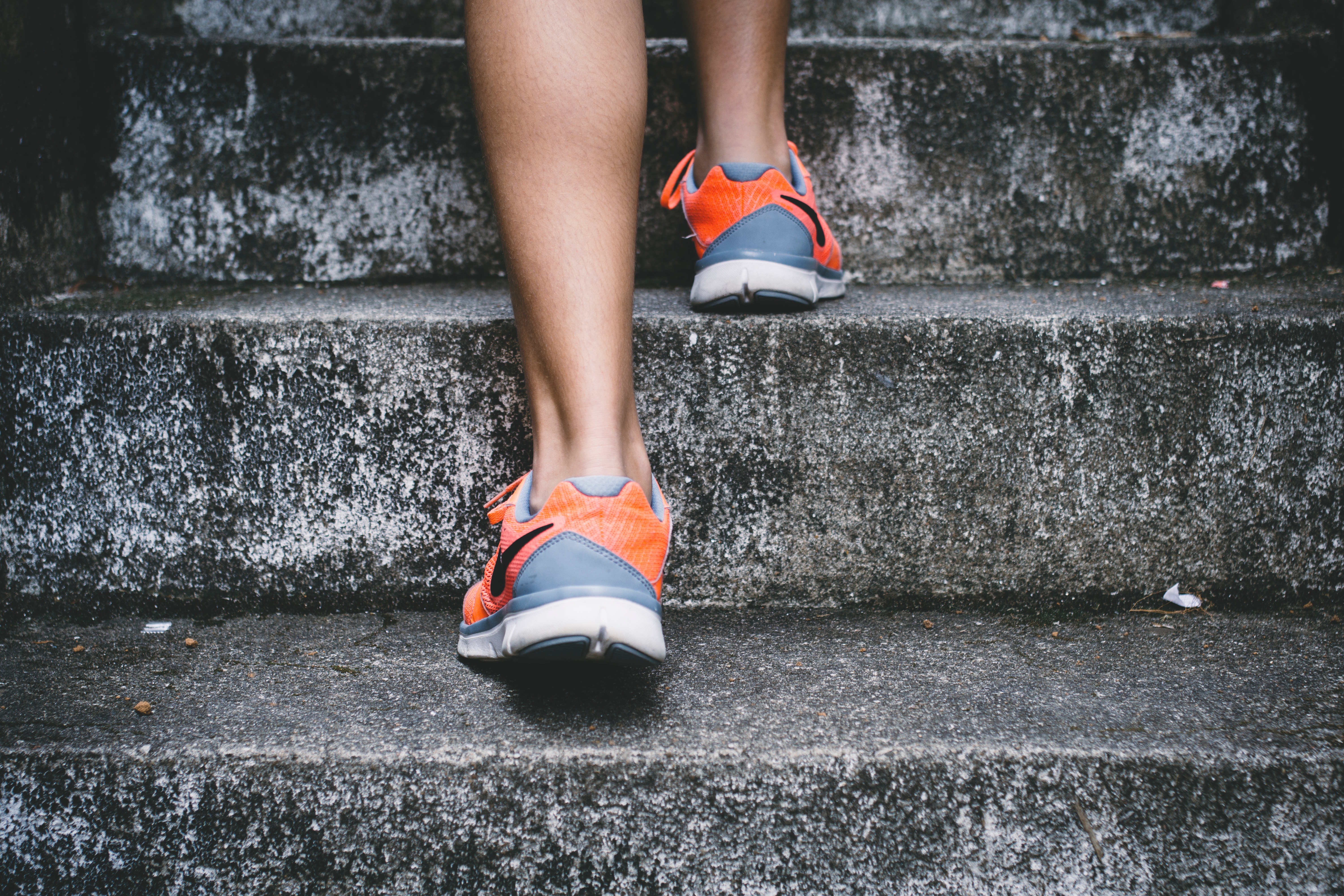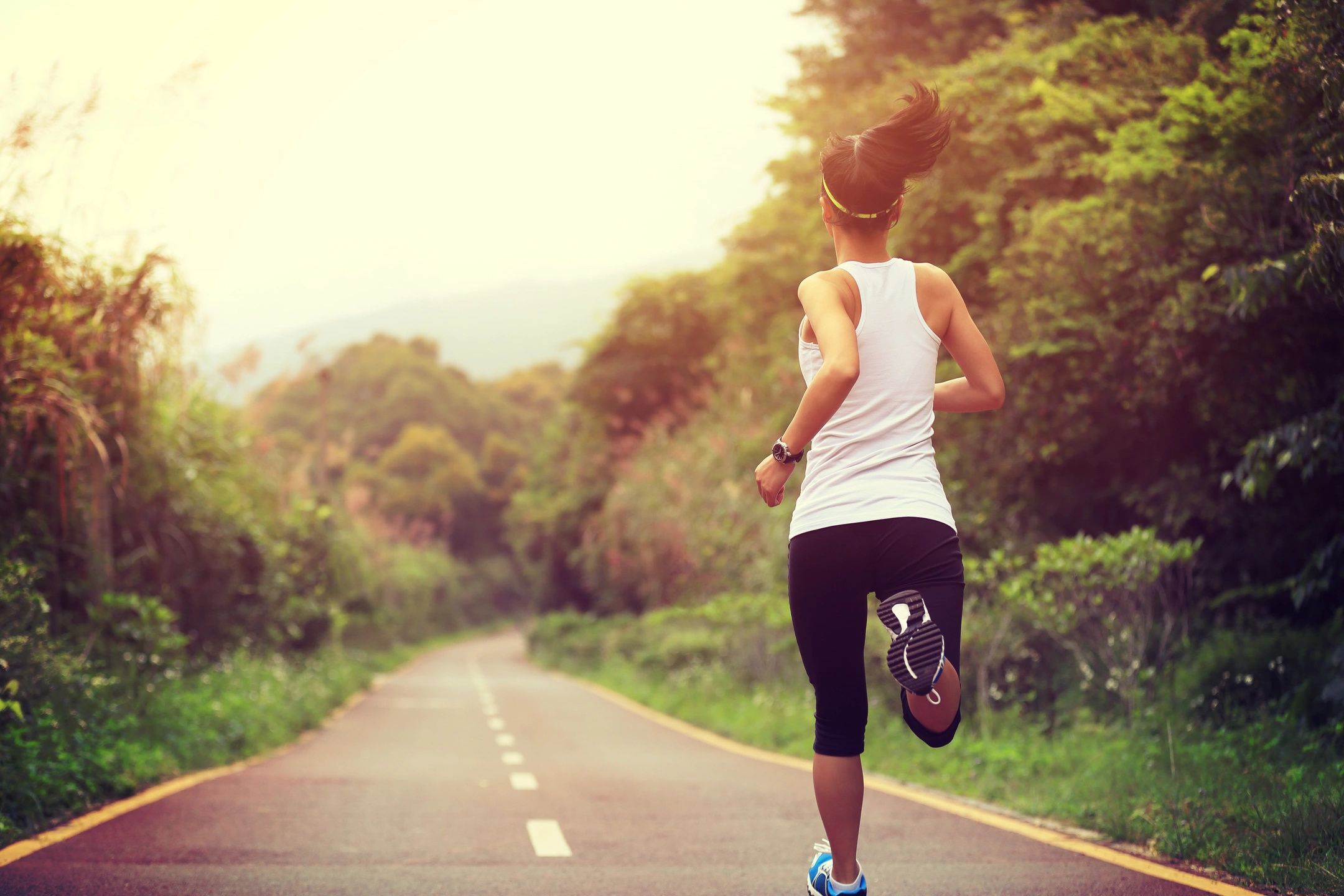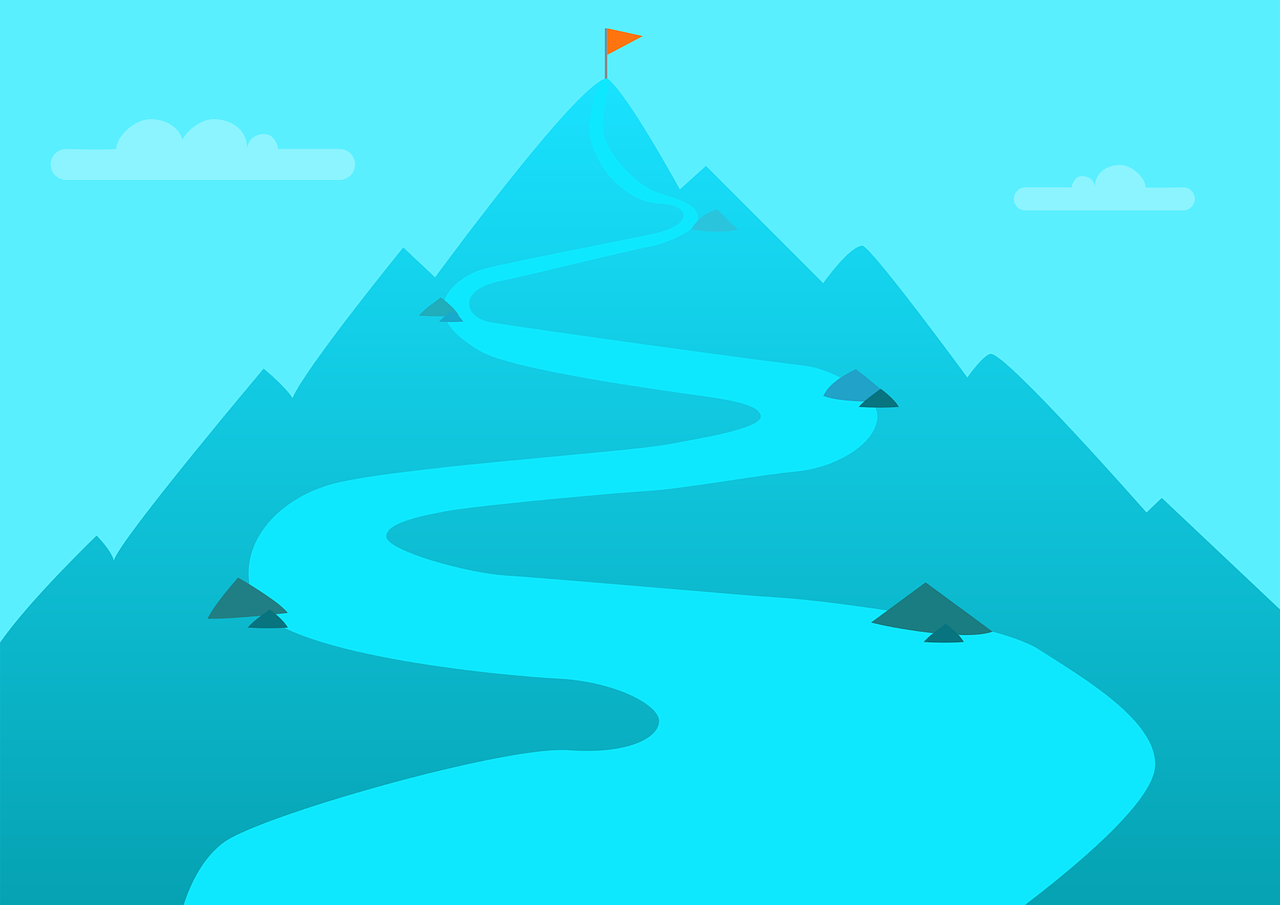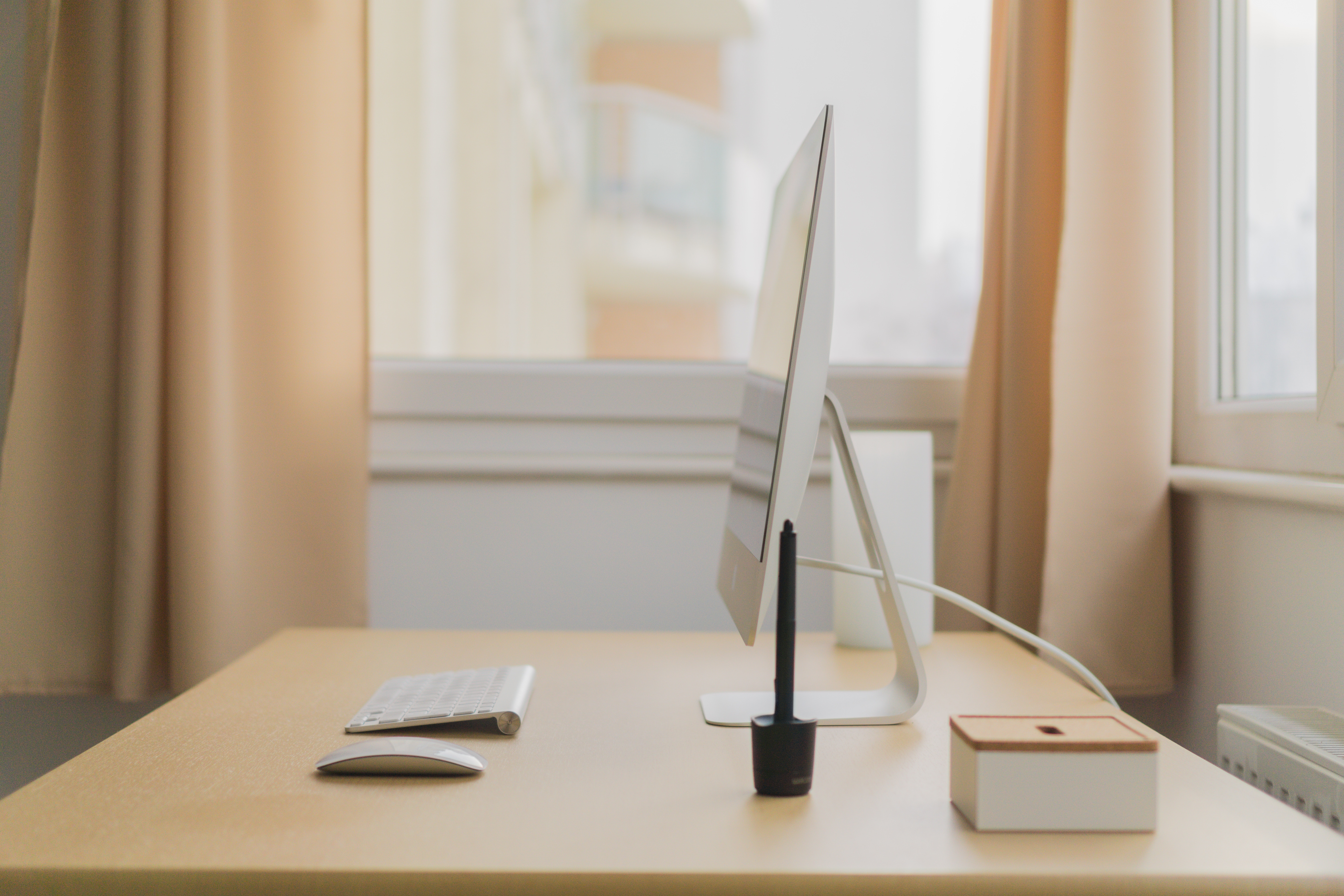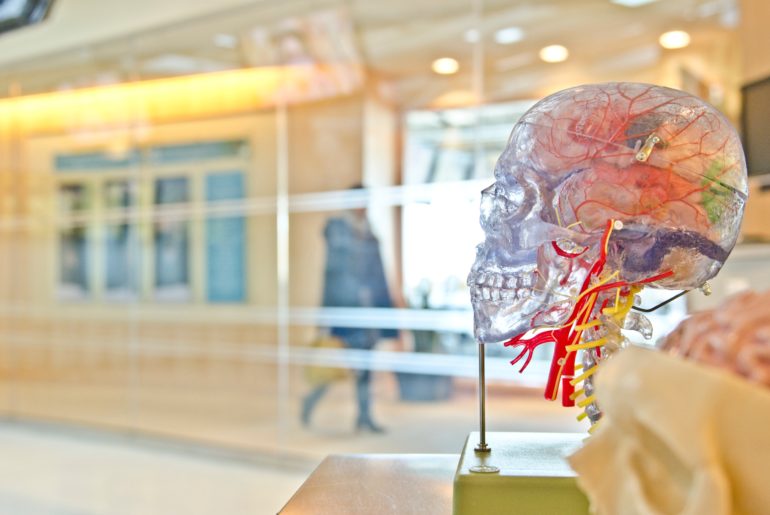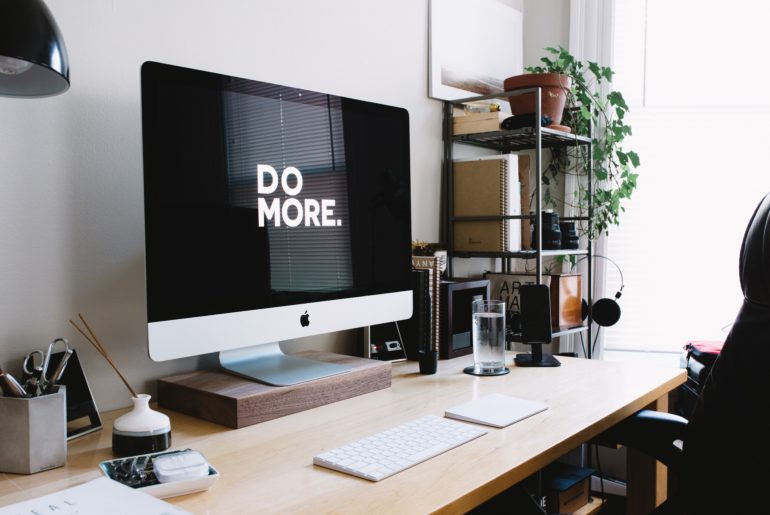The following article, written by Corneel Vandelanotte, Kerry Mummery, Mitch Duncan, and Wendy Brown, was originally published in The Conversation on February 6th, 2019. You can read the original article here. Regular walking produces many health benefits, including reducing our risk of heart disease, type 2 diabetes and depression. Best of all, it’s free, we can do it anywhere and, for most of us, it’s relatively easy to fit into our daily routines. We often hear 10,000 as the golden number of steps to strive for in a day. But do we really need to take 10,000 steps a day? Not necessarily. This figure was originally popularised as part of a marketing campaign, and has been subject to some criticism. But if it gets you walking more, it might be a good goal to work towards. Where did 10,000 come from? The 10,000 steps concept was initially formulated in Japan in the lead-up to the 1964 Tokyo Olympics. There was no real evidence to support this target. Rather, it was a marketing strategy to sell step counters. There was very little interest in the idea until the turn of the century, when the concept was revisited by Australian health promotion researchers in 2001 to encourage people to be more active. Based on…
Global Action Plan on Reducing Physical Inactivity
The World Health Organisation (WHO) has recently released a Global Action Plan on physical activity with the aim of reducing physical inactivity by 10% by 2025, and by 15% by 2030. To support this goal they have developed 4 main objectives: Create active societies: “Create a paradigm shift in all of society by enhancing knowledge and understanding of, and appreciation for, the multiple benefits of regular physical activity, according to ability and at all ages.”1 Create active environments: “Create and maintain environments that promote and safeguard the rights of all people, of all ages, to have equitable access to safe places and spaces, in their cities and communities, in which to engage in regular physical activity, according to ability.”1 Create active people: “Create and promote access to opportunities and programmes, across multiple settings, to help people of all ages and abilities to engage in regular physical activity as individuals, families and communities.”1 Create active systems: “Create and strengthen leadership, governance, multisectoral partnerships, workforce capabilities, advocacy and information systems across sectors to achieve excellence in resource mobilization and implementation of coordinated international, national and subnational action to increase physical activity and reduce sedentary behaviour.”1 The reduction of sedentary behaviour is included in objective…
What is the link between Stress, Team Cohesion, and BeUpstanding™?
At team BeUpstanding™, we are not only interested in how our program impacts on raising awareness, building culture, and changing behaviour to support workers to stand up, sit less, and move more, but also on its broader impact on health, productivity and wellbeing. The following blog is written by Jemieca Loeffler who undertook her honours with the BeUpstanding™ team here at the University of Queensland. She worked with some of our amazing champions and teams taking part in BeUpstanding™ to find out in a bit more detail if there was any impact of the program on occupational stress and group cohesion. What she found was that the more stressed employees were and the more cohesive they felt with their team, the less time they spent sitting at work and the more likely they were to engage in BeUpstanding™. Sound interesting? Read below to find out more! Some background info As we know, prolonged sitting can be detrimental for our health, and many of us fall victim to this public health concern through our jobs. A study by Thorpe et al. showed that call centre workers, in particular, are at highest risk of sedentariness, spending up to 90% of their work day sitting,…
US Physical Activity Guidelines (2nd Edition) Now Available
Have you heard? The U.S. Department of Health and Human services (USDHHS) recently released the updated guidelines on physical activity. As first reported by the USDHHS, here are the “Top 10 Things to Know About the Second Edition of the Physical Activity Guidelines for Americans” (psst make sure you check out #6). The second edition of the Physical Activity Guidelines for Americans provides evidence-based recommendations for adults and youth ages 3 through 17 to safely get the physical activity they need to stay healthy. There are new key guidelines for children ages 3 through 5 and updated guidelines for youth ages 6 through 17, adults, older adults, women during pregnancy and the postpartum period, adults with chronic health conditions, and adults with disabilities. The new key guidelines for children ages 3 through 5 state that preschool-aged children should be active throughout the day to enhance growth and development. Adults caring for children this age should encourage active play (light, moderate, or vigorous intensity) and aim for at least 3 hours per day. The recommended amount of physical activity for youth ages 6 through 17 is the same. Each day, youth ages 6 through 17 need at least 60 minutes of moderate-to-vigorous activity to attain the most…
Hot Off The Press – Our Test Version of the BeUpstanding™ Champion Toolkit Worked!
Prior to going live with the BeUpstanding™ program that you see now, our research team tested whether using an online toolkit to guide workplace champions to deliver the BeUpstanding™ intervention was even going to work. The findings of this test version in terms of how champions used the toolkit and the impact of the program have just been published in the Journal of Medical Internet Research Formative Research, while our findings on the acceptability of the test version will be published soon in Health Promotion International. A little background info Did you know that the BeUpstanding™ Champion Toolkit is based off of a previous intervention called Stand Up Australia? Stand Up Australia was evaluated in a cluster randomised controlled trial in workers in Victoria and was shown to be effective and acceptable to both employers and employees. However, the Stand Up Australia intervention, which was delivered by the research team and included sit-stand workstations, seminars, activity tracking, and one-on-one health coaching as part of the intervention, was resource intensive and wasn’t ready for workplaces to just use. The BeUpstanding™ program is the translation of the Stand Up Australia intervention, and was designed to be a low cost / no cost option to support more work teams to…
The Stone Age Brain and How it Affects Our Physical Activity Levels
Our physical activity levels have never been lower – can we look to our Homo sapiens ancestors for answers? We live in a rapidly changing environment with technology defining the modern world we live in. An increase in tasks and jobs automation has led to a vastly different workplace than what we have previously known. Workplaces are now sedentary by nature and require far less energy output as before. The low activity life we have had to adopt is not healthy nor happy. But are there explanations for our ill health in the modern environment which would explain why change is so difficult? Humans have evolved to respond to behaviour triggers like hunger, thirst, and tiredness with behaviours which overcome these desires. These basic instincts worked to keep us alive in the ancestral environment where food, water, and shelter were competitive resources to have and to obtain. By instinctually knowing you were hungry, thirsty or tired, it meant you were able to provide for yourself and keep yourself healthy in harsh environments. These are not instincts we have lost, we still feel hungry, thirsty and tired, and we feel them daily. However, the environment in which we live has changed…
“Aus-First Study Shows Cost-Effective Way to Reduce Office Sitting Time”
An Australian first study, written by Dr Lan Gao at Deakin University, shows how Australia can save BIG if companies invest in sit-stand desks for their employees. These findings are very exciting because they encourage workplaces to support workers to reduce their sitting levels and increase their movement at work. To learn more, check out the media release here, or you can read the full article in the Scandinavian Journal of Work, Environment & Health.
Is sitting bad for us? There’s good and bad news
The following article, written by Professor David Dunstan – one of our BeUpstanding Academic team members – was originally published in The New Daily on June 25, 2018. As you read this, what are you doing right now? If you’re sitting down, scientists have some good and bad news. First, the bad news. The way most adults work has steadily changed over recent decades. While in many ways our workplaces are ‘safer’ from an occupational hazards perspective, it is now encouraged or even demanded that we spend large portions of our day sedentary (seated) – usually with our eyes glued to some type of screen. While this is now the new norm, we simply weren’t built for such a stationary existence and, unsurprisingly, accumulating scientific evidence demonstrates that exposure to high amounts of sitting significantly increases the risk of premature death, heart disease and type 2 diabetes. Yes, you can help to reduce the risks associated with too much sitting if you undertake daily exercise, but unfortunately science tells us the best estimate of the amount of exercise required is equal to about 80 to 90 minutes per day of moderate-intensity activities (such as brisk walking) or 40 to 45…
Standing For Brain Health
A new cross-sectional study by Prabha Siddarth et al. found that the number of hours of sitting per day is inversely correlated with medial temporal lobe (MTL) thickness. In simpler terms, the more you sit, the thinner your MTL and its subregions (entorhinal cortex, parahippocampal cortex, and subiculum). This is important because the MTL plays a key role in memory function and a decrease in MTL has been linked to memory disorders such as Alzheimer’s disease. The study was conducted at UCLA in the Semel Institute for Neuroscience and Human Behavior and participants consisted of middle-aged and older adults aged 45-75. Participants were extensively screened through the Mini-Mental State Examination, BMI, APOE genotyping, and the Hamilton Ration Scales for Depression and Anxiety. Participants were excluded if they had, “a lifetime history of dementia, major psychiatric or neurologic disorders, alcohol or substance abuse, head trauma or systemic disease affecting brain function, or uncontrolled hypertension or cardiovascular disease”, or if they had anxiety or depression disorders. Participants completed a validated self-reported questionnaire (The IPAQ-E) to record the amount of time spent sitting and in physical activity. In addition, each participant had an MRI scan to measure the MTL and its subregions. Statistical analysis of the MRI’s…
What About Productivity?
Often when we talk about sitting less, people get concerned about productivity. There’s a belief that to maximize work performance, you’ve got to be doing your work seated. However, just because you are standing up, sitting less, and moving more doesn’t mean your work productivity will decrease. Research often begins in the laboratory so let’s start there too. In one laboratory study, researchers found no differences in cognition when comparing standing to sitting. No differences were also found when examining computer mouse and keyboard performance. In terms of actual productivity measures, improvements have been shown when sitting was broken up with standing in a simulated office environment. Of course, work productivity in the laboratory might be different than productivity in your office. So, what happens when we look at productivity measured in actual workplaces? Overall, research has found that standing desks do not impact work productivity (examples 1, 2, and 3). In fact, in a recent study, we found some employees felt productivity actually improved! It’s not so cut and dry, though. Individual variability and job specific work tasks influence how much standing workstations impact productivity. It can take 2 weeks to adjust to a new workstation but standing can still…

